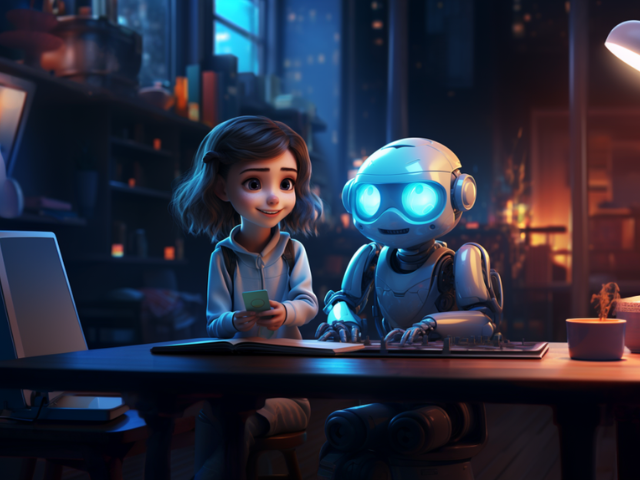AI in Animation: Is it a tool or a threat?
The rise of AI in animation sparks concerns as artists, studios grapple with its impact on creativity and workflow

The animation industry is facing a wave of uncertainty and change due to the rapid advancement of artificial intelligence (AI). As AI-generated animation becomes more prevalent, the community is grappling with the potential impact on jobs, artistry, and workflow.
While some see AI as a tool to enhance productivity and streamline tasks, others fear it could render certain jobs obsolete or stifle creativity. As the industry navigates this uncharted territory, questions about copyright, ownership, and ethical use of AI-generated content are also coming to the forefront.
AI: A Double-Edged Sword
Cathal Gaffney, managing director of Brown Bag Films, compares AI to "expensive pencils," emphasising its role as a creative tool rather than a replacement for human artists. He believes that those who learn to leverage AI will thrive, while those who resist it may fall behind.
However, the potential for AI to infringe on intellectual property rights is a significant concern. AI models like Midjourney and Stable Diffusion are trained on vast amounts of copyrighted material, raising ethical questions about their use in generating new content.
Navigating the Ethical and Legal Challenges
Drew Mullin, executive in charge of production for CBC Kids, acknowledges the potential for AI to streamline production, but stresses the importance of protecting artists and filmmakers. Broadcasters and studios are working on developing policies to address copyright concerns and ensure the responsible use of AI.
Gaffney also emphasises the need for clear guidelines and transparency regarding the use of AI in animation. He believes studios should establish AI policies, similar to environmental policies, to inform both clients and staff about their approach.
The Future of AI in Animation
Despite the challenges, many believe that AI is here to stay and will inevitably transform the animation industry. The key is to embrace it as a tool while addressing ethical and legal concerns.
As Delphine Doreau, program director for animation at Pulse College, puts it, AI can be used to accelerate workflow and enhance creativity, but it cannot replace the unique vision and imagination of human artists.
The future of animation lies in finding a balance between AI and human creativity, ensuring that this powerful technology is used responsibly and ethically to push the boundaries of artistic expression.











1726134115-0/BeFunk_-(41)1726134115-0-208x130.webp)







COMMENTS
Comments are moderated and generally will be posted if they are on-topic and not abusive.
For more information, please see our Comments FAQ